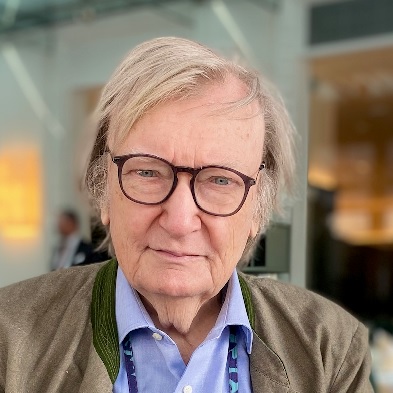Carlo Rubbia is a particle physicist whose work led to the discovery of W and Z bosons, the elementary particles that mediate the weak interaction inside atomic nuclei. Carlos shared the 1984 Nobel Prize in Physics for this work and asteroid 8398 Rubbia is named in his honour.
The weak interaction is responsible for both the radioactive decay of subatomic particles and nuclear fission. Carlo carried out a long series of experiments at CERN, the European Organization for Nuclear Research, using the world’s first hadron collider — a particle accelerator called the Intersecting Storage Rings. His work enabled the formulation of new methods for studying particle collisions.
An international team of more than 100 physicists, headed by Carlo and known as the UA1 Collaboration, then applied these techniques using CERN’s Super Proton Synchrotron (SPS) accelerator–collider to detect W and Z bosons, the emission or absorption of which creates the weak interaction.
Awards
-
Nobel Prize in Physics
Jointly with Simon van der Meer for their decisive contributions to the large project, which led to the discovery of the field particles W and Z, communicators of weak interaction.
-
Bakerian Medal and Lecture
On ' Unification of the electromagnetic and weak forces'.

